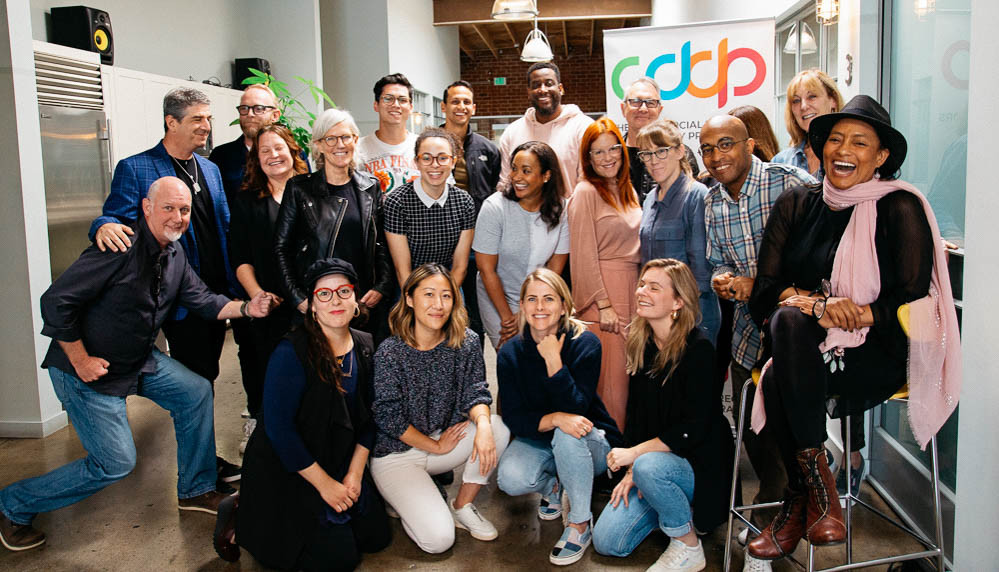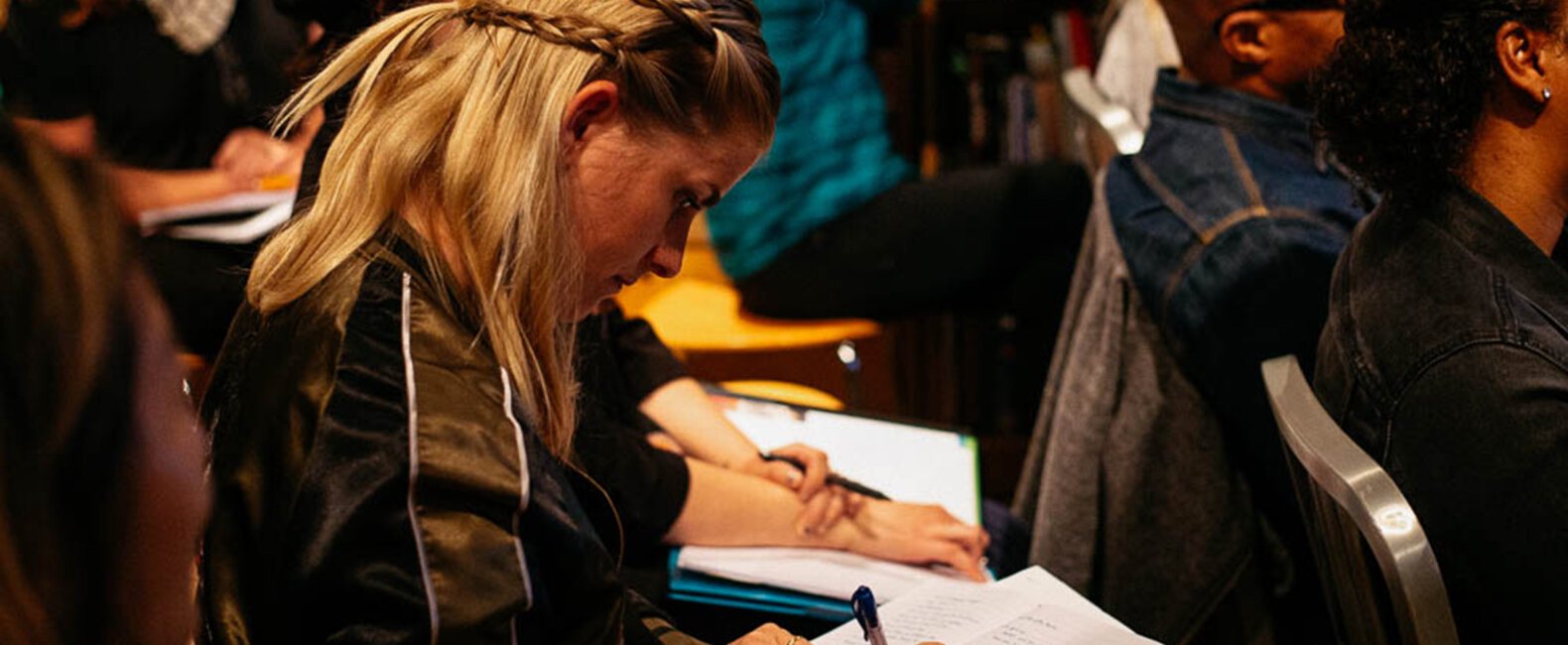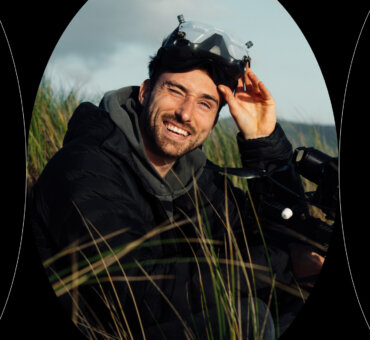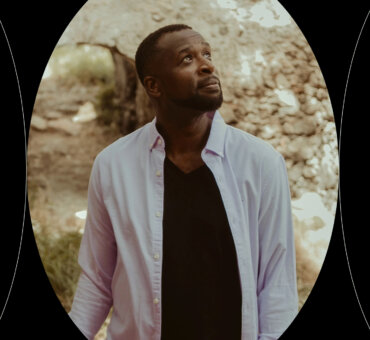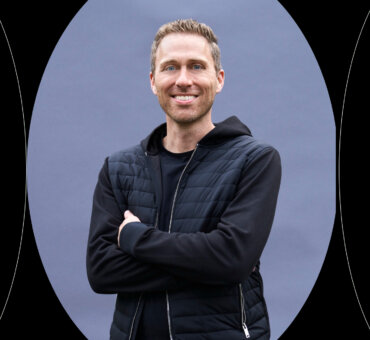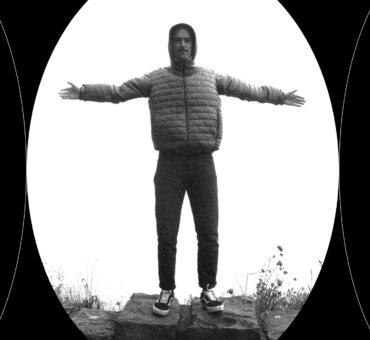When we asked filmmaker Sofia Garza-Barba about why she wanted to dive into commercial filmmaking, she didn’t hesitate to answer the question.
“I want to bring a new take on commercials,” she told us. “I can bring something new to the table, just because I have a different background. I was born and raised in Mexico but grew up with a lot of U.S. influences, so I have a very mixed cultural background and I think that creates a new point of view.”
She has a unique perspective and she wants to bring it to the table, simple as that. In a commercial industry that has suffered from a homogenous pool of talent for so long, Sofia and thousands of other filmmakers are stirring the pot and bringing new ideas to the fold.
And this is where The Commercial Directors Diversity Program (CDDP) comes in.
The program, which Sofia is currently in the middle of along with four other Fellows, is helping to bring new voices and vision to the commercial industry by promoting diversity. By pairing filmmakers with mentors in the commercial industry, holding workshops, and helping them produce spec spots to show agencies, they’re jump-starting careers for creatives who would’ve been at a disadvantage in the past — and we’re proud to be an official supporter.

Since April, five Fellows (Dominique DeLeon, Jane Qian, Sofia Garza-Barba, Vanessa Black, and Christopher Nataanii Cegielski) have been participating in workshops and collaborating with mentors, including professionals from Reverie, Knucklehead, Spears & Arrows, Smuggler, and Hungry Man. Then, they’ll use a CDDP grant to create a spec spot that they’ll use to pitch their work to potential employers and the Directors Guild of America.
At Musicbed, we’re passionate about CDDP’s cause because we get it. The commercial industry can be an intimidating place. Beyond being underrepresented, there’s a whole set of skills needed to navigate a professional career. There are clients and collaborators. There are pitches and revisions. It’s a whole different beast.
“There was a lot I didn’t know before I came in, being an independent filmmaker,” Christopher Nataanii Cegielski told us. “I’m used to doing everything on my own — writing, directing, producing. Coming into the commercial world, it’s just not the case. You have clients and companies and executive producers. You have to think about the brand, the perspective, and what you’re trying to bring to it.”
CDDP is a highly selective program, narrowing down just five Fellows from thousands of applications. Long story short, not everybody can get access to the information they’re learning. But, over the course of three articles, we thought we’d offer a glimpse into the wealth of knowledge they’re taking away by following these filmmakers’ journeys through the program and sharing some insights they’ve learned.
First, we sat down with Christopher, Sofia, and CDDP Mentor Rich Pring (Partner and Executive Producer at Reverie Content) to see what they’ve experienced nearly two months into the program. Here are three of their biggest takeaways:

The Commercial Landscape is Changing
It seems CDDP and its Fellows are bringing their voices to the table at the right time. More than ever, the commercial industry is beginning to understand not only that there’s a demand for an inclusive environment, but it makes for a stronger product as well.
“I think diversity in this industry is extremely important because people are demanding a new vision” Sofia told us. “We all want to see a different take on everything. The way you see a Coca-Cola can is different than the way I see a Coca-Cola can — and it’s time for us to see that change, for the industry to start opening more doors. We don’t want to compete against you; we don’t want to take over. We just want to coexist.”
And, as Chris pointed out, there’s a deeper meaning to this inclusion as well. Particularly for him, as a representative for native peoples, his mission is to be a reminder to the world that his community is alive and vibrant. In a way, inclusiveness in filmmaking is a matter of public record, a historical document that shows a community’s place in the world.
“For me, I think it’s important to have native representation because if we’re not included in this conversation and if we’re not included in these commercials, it’s not only that we’re not being represented, but also being forgotten,” he said.
So, our first takeaway is this: inclusion and representation matter. Those are two terms that get thrown around a lot, but the public image of advertising is sometimes the only record we have in a certain way and by including underrepresented voices, we can begin to shape their communities by bringing them to the forefront of the conversation.
If we’re not included in this conversation and if we’re not included in these commercials, it’s not only that we’re not being represented, but also being forgotten.
But, in addition to the ethical concerns, there’s also the matter of quality. If you’re only sharing one perspective of a product, are you advertising products and representing brands in the best way? By broadening the industry’s reach, CDDP and its Fellows are helping to push the industry to new levels of quality.
“With programs like CDDP and Free the Bid, it’s obvious people are seeing that we need a broader range, a more diverse set of filmmakers in the pool,” Rich told us. “I do see that there are more companies, individuals, directors, executive producers, and agencies who are supporting the cause because they see how important and valuable it is.”
Learning to Let Go
Both Sofia and Christopher are indie filmmakers to the core. They’ve written, shot, and directed their own films and collaborated with close friends and peers to bring them to life. But, as Rich pointed out in our conversation, along with Sofia and Christopher, the commercial world demands something different — and that can create a steep learning curve for filmmakers looking to step in.
“Commercials are different than grabbing a group of friends and shooting a passion project on your own,” Rich told us. “They’re not art films. You’re being hired by a brand to film a story that’s going to communicate their product and it takes time to realize that. It’s an art, to be honest with you.”
Of course, there are advantages and disadvantages to that fact, but both Sofia and Christopher pointed out that young filmmakers looking to find their way in the commercial industry need to learn the art of letting go. You’re going to be collaborating with some of the most talented filmmakers you’ll ever meet and, simply put, the final product is not your final product.
“I’ve been working with the same team for years and now, but now I’m jumping into somebody else’s pool,” Sofia said. “So I have to realize that if I’m going to work with them I have to trust them. They’re better than anybody else out there, but I’m still attached to my people and the way I work, so letting that go can be hard.”
As creatives, it’s easy to hold our work close, but in the commercial industry, you’re forced into that beautiful compromise — trusting other creatives to value the end product as much as you do. Sure, it can be scary, but once you mastered that trust, it can be a very powerful thing.
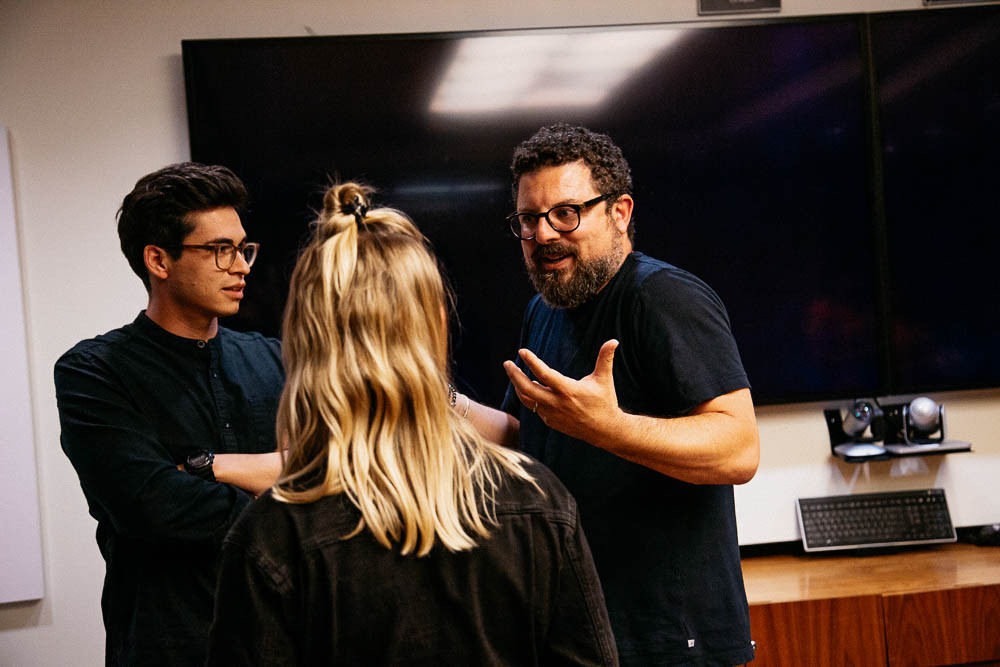
Commercial is the New Creative
Christopher experienced a moment in his journey towards a commercial career, an epiphany of what it actually takes to make a commercial great: vision, collaboration, skill, and creativity.
“The reason I got into commercials is that I began to see some that didn’t even seem like commercials,” Christopher told us. “There were commercials that really made me feel something. I wanted to learn how I could make something like that.”
All three of the people we spoke with discussed the idea of the commercial industry as “selling out” for independent filmmakers, that it’s just not the case anymore. It’s an old-world mentality to see the industry in an “us versus them” perspective. A well-rounded director can do it all, and more often than not, the best do.
“If I think about the filmmakers I really admire and I’m trying to follow in their footsteps, everybody went this route. Many of them are still making commercials,” Sofia said. “I think commercial filmmaking is really important in a filmmaker’s life.”
There’s been a shift in tone for many creative industries, from music to filmmaking, and people are beginning to realize that the lines between commercial and creative are beginning to blur — and that’s a powerful thing. In a filmmaker’s journey, they can bring their creative vision to life for themselves or a brand and exercise their creativity in ways they never thought possible.
“If you’re an aspiring filmmaker who wants to get into TV or features or wants a career in commercials, there’s so much to it,” Rich told us. “You’re meeting people from all walks of life, from all industries, on the brand side and in advertising agencies and production companies. We’re exposed to so many cool things. I see it more and more every day that all the worlds connect.”
In the end, CDDP is leveling the playing and offering a platform for extremely talented filmmakers to get their foot into the commercial world. As each of these Fellows knows, it’s a long road, but it all starts with a first step — and that begins with belief.
“I think in order to be a great commercial filmmaker and feel like you have weight, you need to know that you have a voice,” Christopher told us. “I need to truly believe that I have a voice.”
This wraps up our introduction into CDDP and marks the end of its first phase as well. Christopher, Sofia, and the other Fellows have already started to work on bringing their spec ad to life and in the next installment, we’ll speak with some of the other Fellows and mentors to explore their production processed and how they plan to translate their voice into a commercial style.
